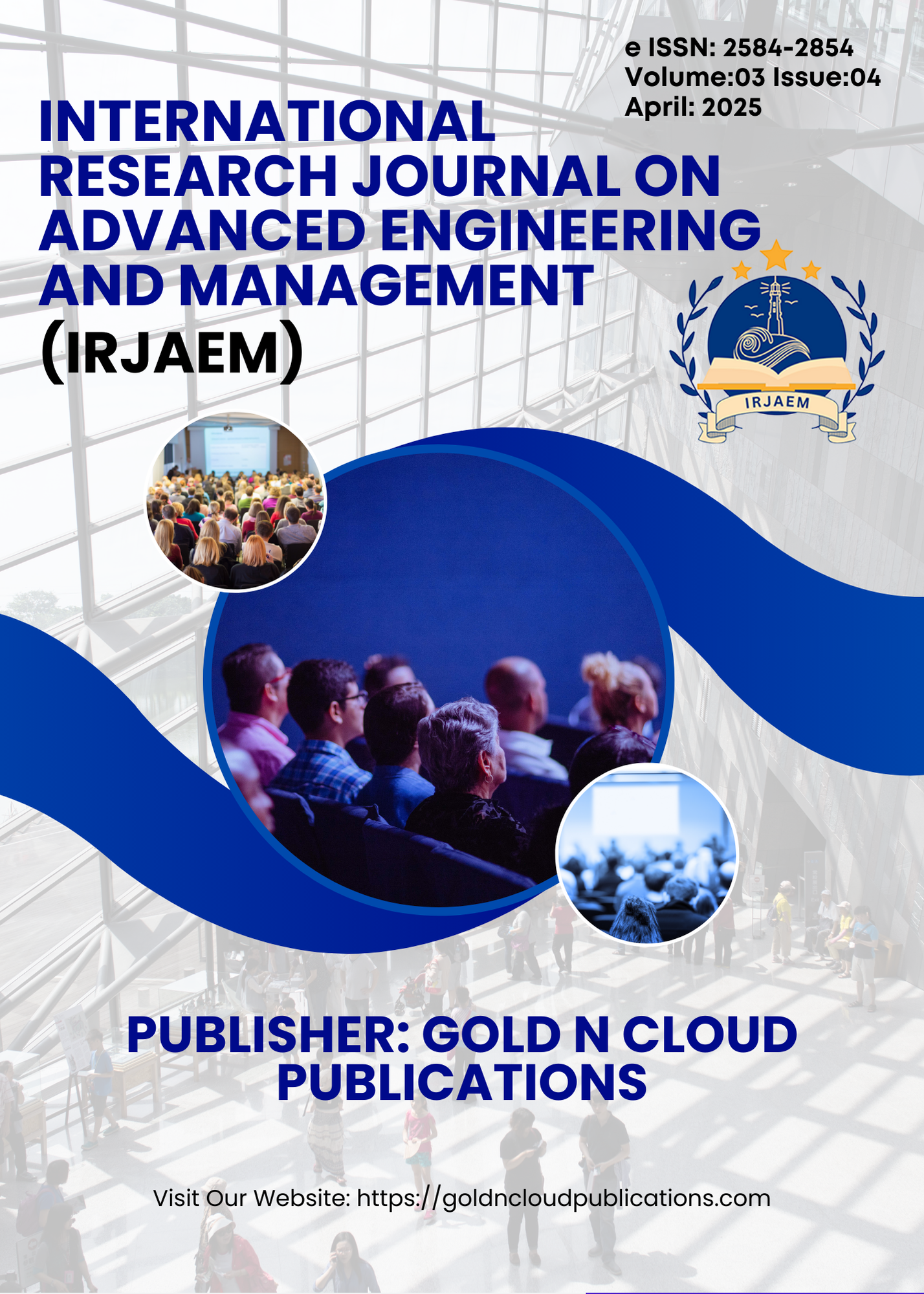Road Crack Detection Using Deep Learning
DOI:
https://doi.org/10.47392/IRJAEM.2025.0171Keywords:
Road Crack Detection, Deep learning, CNN, Image Processing, Smart TransportationAbstract
Reliable and meticulously maintained roadway infrastructure is essential for ensuring both ensuring safety and operational prowess in transportation; nevertheless, even the slightest surface flaws and structural shortcomings can swiftly morph into substantial safety threats and lead to increased repair costs if not addressed promptly. To address these limitations, this research introduces an automated detection framework that leverages deep learning—more specifically, Convolutional Neural Networks (CNNs)—to systematically identify and categorize road surface anomalies. The framework is constructed utilizing a heterogeneous dataset of road imagery, which equips it with the capability to differentiate cracks based on their severity and classification. Its efficacy is further enhanced through preprocessing techniques such as image augmentation and normalization. Designed for real-time implementation, the system can be operationalized on mobile and drone platforms to facilitate comprehensive monitoring efforts. Experimental findings indicate notable advancements in detection precision and a decrease in false positive rates, thereby bolstering more efficient maintenance strategies and fostering sustainable infrastructure management. Future investigations may integrate additional sensor modalities, including LiDAR and thermal imaging, to improve the accuracy of detection even further.
Downloads
Downloads
Published
Issue
Section
License
Copyright (c) 2025 International Research Journal on Advanced Engineering and Management (IRJAEM)

This work is licensed under a Creative Commons Attribution-NonCommercial 4.0 International License.


 .
. 